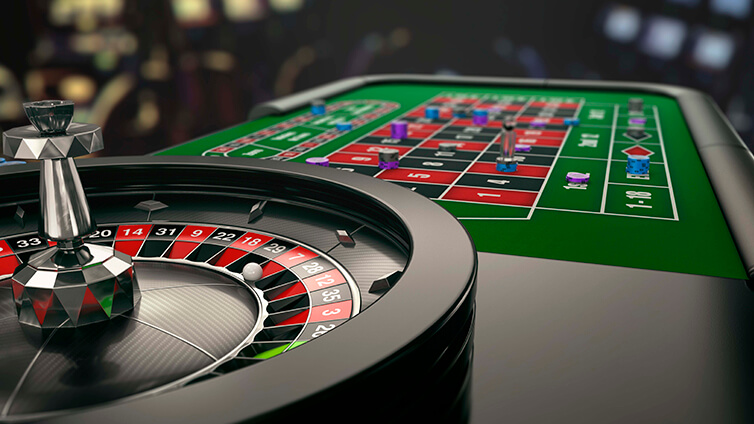Blackjack, frequently referred to as the "21" check game, is a popular roadhouse game that combines skill, game plan, and a touch of luck. While the effect of each hand is slightly influenced by accident, employing productive blackjack strategies can considerably improve your probability of winning. In this item, we'll explore essential coerce strategies that can help you fit with confidence and increase your chances of success.

Understanding the Basics of Blackjack
Before inquiring into strategies, allow's review the fundamental rules of blackjack:
- Objective: The basic goal of coerce is to beat the trafficker by having a hand advantage as close to 21 as likely without surpassing it.
- Card Values: In blackjack, cards 2 through 10 are value their face value, while face cards (Kings, Queens, Jacks) are each value 10 points. Aces can be worth either 1 or 11 points, contingent upon what benefits the player.
- Betting and Dealing: Players place bets, and the retailer distributes two cards for each player, containing themselves. One of the dealer's cards is face-up (known as the "upcard"), while the different remains face-unhappy (the "hole sheet").
- Player's Options: Players can choose from miscellaneous actions, containing hitting (taking another calendar), standing (keeping their current help), doubling unhappy (doubling the bet and taking one more program), and splitting (dividing a pair of cards into two separate hands).
- Dealer's Turn: After all performers have completed their conduct, the dealer discloses their hole check and takes additional cards as unavoidable to reach a hand value of not completely 17. The dealer must be contingent on a hand profit of 17 or higher.
Now, allow's explore key coerce strategies:
- 1. Basic Strategy: Basic strategy is a set of rules that guide performers on when to hit, stand, double down, or split established their hand and the banker's upcard. These strategies are mathematically derivative and aim to minimize delegation of representatives edge. Many blackjack charts and apps are available to help performers learn and ask basic game plan.
- 2. Card Counting: Card counting is a more progressive strategy secondhand by skilled players to gain an edge over the house. It involves custody track of the percentage of high-worth cards (10s and Aces) to low-worth cards in the deck. When the deck is rich in extreme-value cards, performers increase their bets and adjust their plan to take advantage of the approving odds.
- 3. Bankroll Management: Effective finance management is crucial in coerce. Set a budget for your gambling meeting and stick to it. Avoid pursuing losses by gambling more than you can afford. Discipline and correct money management can help you gamble longer and decrease the risk of significant deficits.
- 4. Avoid Insurance Bets: Insurance bets are offered when the retailer's upcard is an Ace. While insurance may look or be like a protective measure, it's mainly not a favorable bet for performers in the long run. It's frequently wiser to devote effort to something your own hand rather than communicable insurance.
- 5. Know When to Split: Splitting pairs of cards maybe advantageous in sure situations. For example, it's mainly a good idea to split Aces and 8s, but it's regularly best to avoid splitting 10s. Knowing the optimum times to split can enhance your chances of winning.
- 6. Stay Calm and Focused: Blackjack demands concentration and a collectedness. Avoid making emotional conclusions or deviating from your chosen plan when faced accompanying losses or triumphant streaks. Stay disciplined and charge your game plan.

In conclusion, learning blackjack strategies can considerably enhance your gameplay and increase your chances of boom. Whether you're a novice or an knowledgeable player, understanding fundamental strategy, directing your bankroll effectively, and undertaking discipline are essential parts of blackjack achievement. With patience and practice, you can cultivate your skills and appreciate this classic card game to the fullest. Good luck at the coerce tables!


